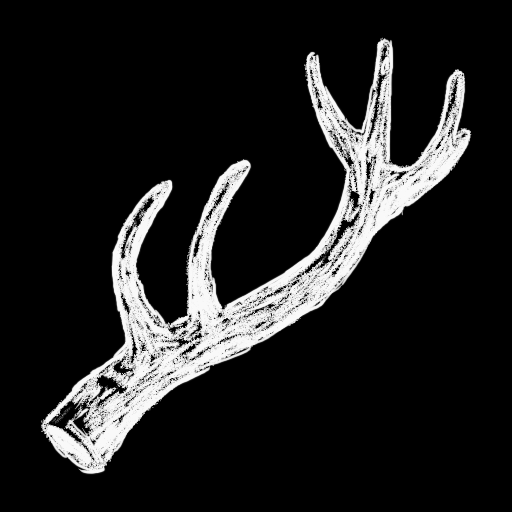
The Sutler
This book, along with The Essential Don Coles, were gifts from my third-year poetry workshop professor Jay Ruzesky. I must give him credit for encouraging me to read poetry, as I’d never really had the habit. I mention this because he chose the books based on what he knew of my poetics at the time, and he chose well.
There is something quintessentially Canadian about Kenyon’s work. It comes off the page in waves, like cold sheets of air heralding the arrival to Northern climes. I felt the same from Patrick Lane’s work, and to a different degree in Al Purdy’s work. I think that Kenyon and Lane possess this wild, pine-scented and wet fur je ne sais quoi to a higher degree than Purdy, and it could be a West Coast/East Coast thing. It’s difficult for me to put this feeling into words, but as a West Coast native myself, I just vibe harder with Kenyon’s work than others.
All the work presented in The Sutler have tremendous body and weight to them. They are verbose, and that’s something I struggle with in my own work. I always feel like I’m whittling at my drafts: I’ll slap down a rough log to start, and then spend hours paring away with hammer and chisel until I’m left with as fine a leaving as I deem possible. I don’t know if this is an effective way to work—it’s just how it comes out for me. It’s what feels right. So, when I’m presented with big chunky stanzas that span several pages, I tend to feel an inadequacy rise in me. Especially, as in the case with Kenyon, when those stanzas are all finely wrought and appear to have been as worried over as much as I do my little sculptures. It’s as though I’ve been carving knickknacks, and I find my work on display next to great big totem poles.
The Death of a samurai section of this book spoke to me in a very loud voice. I’ve been a lifelong fan of Toshiro Mifune, and I spent a decade of my life immersed in Japanese culture, living and working in Nihonbashi, Tokyo. There’s a lesson about writing relatable work, here. A lot of poetry falls flat for me because I have nothing to grasp on to, especially with much of the modern work that finds its way into the pages of POETRY magazine and online. People are pouring their hearts out over their lived experiences that I could never in my wildest dreams fathom. When Kenyon comes along with an entire sheaf of poems about how he views a seminal samurai actor, it just all makes sense to me. Comparing this again to my work, I find that I tend toward abstraction and hinting at things, rather than explicitly dumping them on the page. Again, I don’t know if this is the “right” way to do things, poetically, but it’s what comes out in the end for me. By contrast, my prose writings are much more explicit and direct. Perhaps this is just how I’m dividing my creative output up, internally.
There’s another poem near the end of the book that hit me like a hammer. Undersea Gardens is a place I spent many hours gazing at in Victoria’s Inner Harbor. I never went there once in the almost two decades I spent growing up in Victoria. Kenyon apparently worked there, as a diver, and the lines of his poem filled a hole in my experience that I didn’t know I had.
I would love for my own poems to have that same effect on someone, someday.
2023.12.07